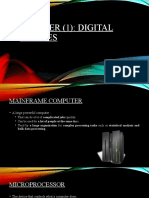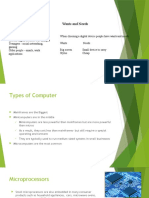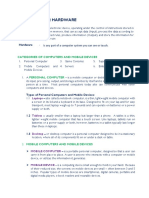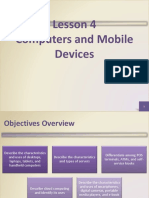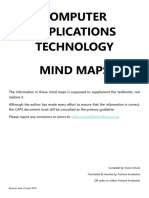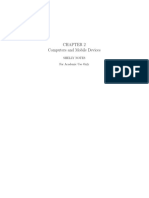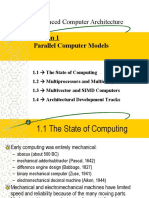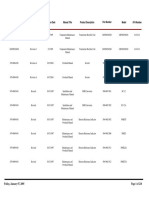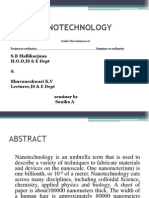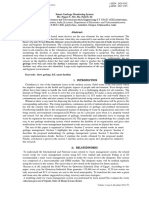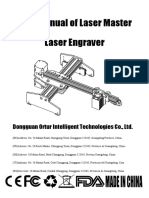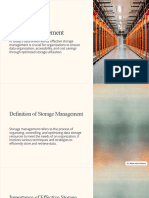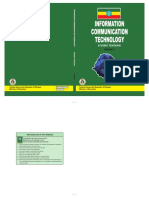0% found this document useful (0 votes)
44 views38 pages1.1.1 Contemporary Digital Devices
Uploaded by
Forward EducationCopyright
© © All Rights Reserved
We take content rights seriously. If you suspect this is your content, claim it here.
Available Formats
Download as PDF, TXT or read online on Scribd
0% found this document useful (0 votes)
44 views38 pages1.1.1 Contemporary Digital Devices
Uploaded by
Forward EducationCopyright
© © All Rights Reserved
We take content rights seriously. If you suspect this is your content, claim it here.
Available Formats
Download as PDF, TXT or read online on Scribd
/ 38







